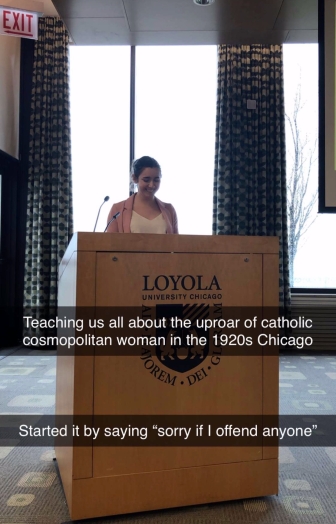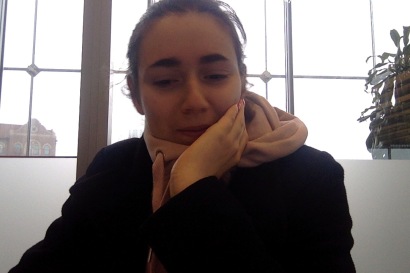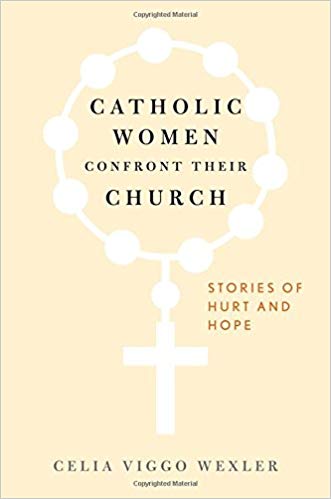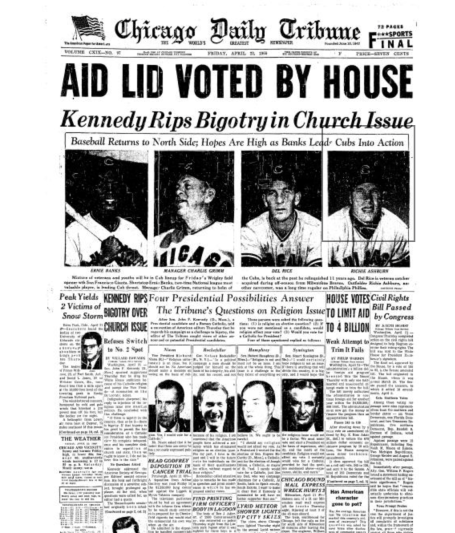
Cardinal George Mundelein was very influential in building Chicago’s Catholic Women’s colleges- but how pure were his intentions?
Among the many points to address in these week’s blog post is a short collection of our personal research notes. I have combined my notes from two articles which I think will be of great help in my paper: The Women Who Danced for a Living: Exploring Taxi Dancers’ Childhood in Chicago’s Polish American Communities, 1920–1926 and Meeting Multiple Demands: Catholic Higher Education for Women in Chicago, 1911-1939.
Attached Here.
Additionally, we are asked to include a short primary source we plan to use in our paper. I chose to include a newspaper article from the Chicago Daily Tribune from February 3rd, 1920: Break Ground for Girls’ College: $1,000,000 Institution to Be Erected in River Forest. For New College. I like the picture used for this article and the importance stressed about the new school in the Church’s agenda.
Attached Here.
As a class, we were all asked to read and outline the article “How About Some Meat?”: The Office of Price Administration, Consumption Politics, and State Building from the Bottom Up, 1941-1946. This article, like other scholarly articles, begins with an introduction to the topic to provide the necessary information to understand the paper, then a thesis to layout the paper’s direction and stance. The author then turns toward the historical background and importance of the OPA in a general sense. While not directly relating to the argument’s core, the historical context of the OPA provided an understanding of how the organization was able to have such a large impact and legacy on a national scale. Following, the article begins getting into more specific evidence and arguments: policies, the involvement of women (and the targeting tactics toward women), the discussion of race politics around the OPA, and the weaknesses of the OPA which led to its demise. Within this, Jacobs introduces her evidence and explains her own opinions beyond what is explicitly stated already. After a chronological account toward the downfall of the OPA, the article finished with a conclusion with a quick recap of the general argument and a mention of the significance of the argument. Jacobs also included how the topic is still relevant to modern problems and government.
The longest paper I completed was 20 pages. In that paper, my general outline was similar to the article we had to read, but I structured more around 4 primary sources and went through them chronologically. With the article we had to evaluate, the different sections melded together where it smoothly transitioned to each section and piece of evidence. Smooth transitions will be necessary for the final paper- mostly since it will be very long and it might get challenging to maintain a smooth path throughout the essay. Meg Jacobs went very deep into all of her sources- which makes the length reach 30 pages with ease. Also, with a deep exploration of the historical background and context of the OPA, the arguments flow better with understanding. In my own paper, I hope to include the smooth transitions between different sections, and an in-depth understanding of my historical background and importance.










